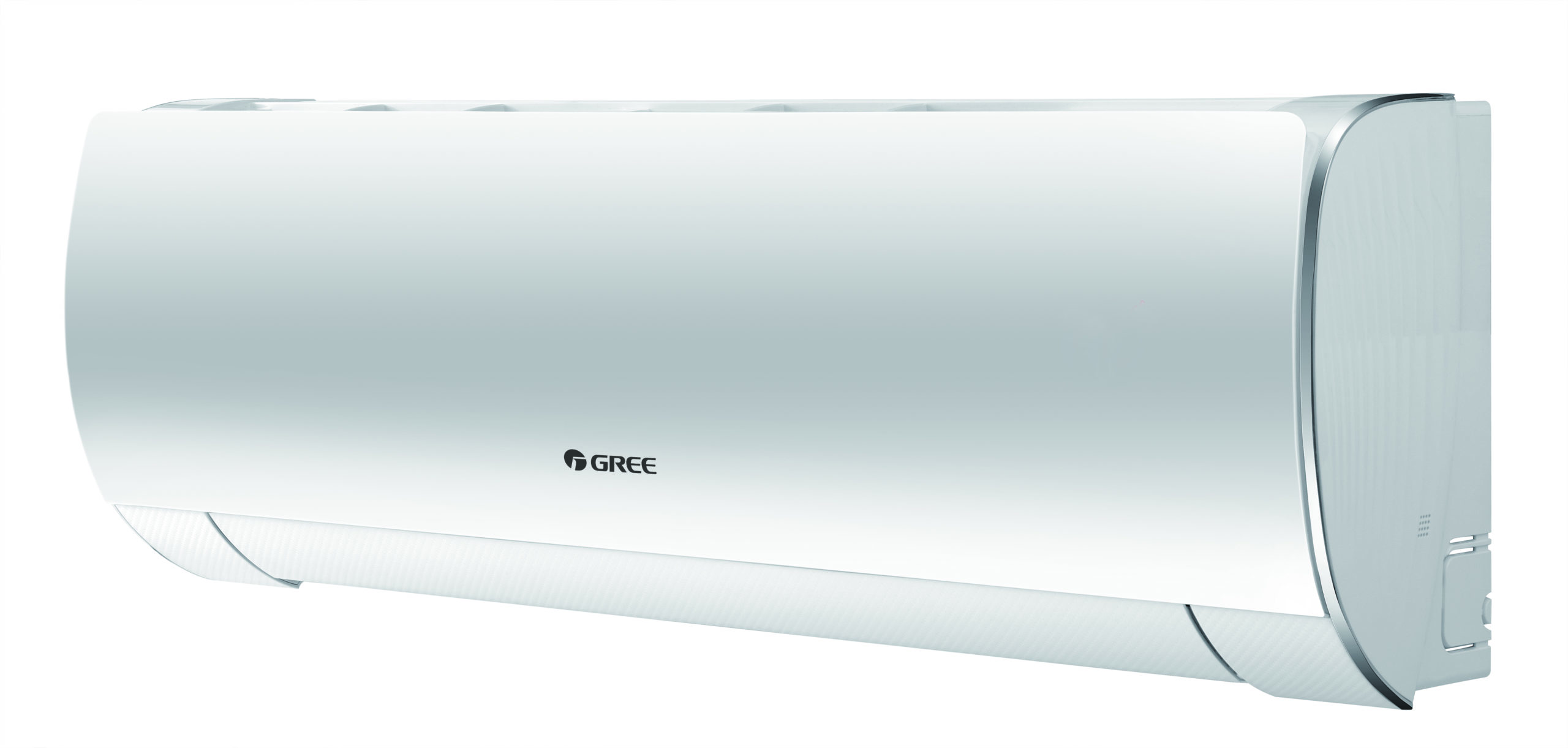Air Heat Pumps: A Green Solution to Home Heating
With the increasing need for energy-efficient heating systems, air heat pumps have gained popularity among homeowners and building managers. Air heat pumps provide a cost-effective and environmentally friendly way of heating your home. However, there is still confusion about the basics of these systems. In this article, we will cover the basics of air air heat pump (luftvärmepump) including how they work, types, and benefits.
How do Air Heat Pumps Work?
Air heat pumps work by extracting heat from the outdoor air and transferring it inside your home. The air heat pump comprises two main components: an outdoor unit and an indoor unit. The outdoor unit has a fan that draws air from the outside and over a coil that absorbs heat from the air and transfers it to a refrigerant. The refrigerant is then circulated through a compressor that raises the temperature of the refrigerant. The warm refrigerant flows through an indoor coil, where it releases heat to the indoor air that is circulated through the house using a ductwork system.
Types of Air Heat Pumps:
There are two main types of air heat pumps: mini-split or ductless and split-system. The mini-split air heat pump is ideal for homes without ductwork because it does not require ducts to circulate air. Mini-split heat pumps are composed of one or more indoor unit and one outdoor unit. The split-system air heat pump works by distributing the heated air through a system of ducts. These systems are ideal for larger homes and commercial buildings.
Benefits of Air Heat Pumps:
One of the significant benefits of air heat pumps is their energy-efficient operation. They consume significantly less energy than traditional heating systems and reduce your energy bills. Furthermore, air heat pumps do not use fossil fuels, which are finite resources, and they emit fewer greenhouse gases into the environment. The reduced energy consumption of air heat pumps also translates into fewer maintenance requirements, which means lower maintenance costs.
Another benefit of air heat pumps is their versatility. Air heat pumps can be used for both heating and cooling, which means that they can be used throughout the year, providing year-round comfort. They also provide clean air in your home since they do not burn fossil fuels and do not produce combustion byproducts. Furthermore, advanced air heat pump models can provide additional comfort features like dehumidification.
Factors to Consider When Installing an Air Heat Pump:
When installing an air heat pump, there are a few factors that you need to consider. The first factor is the climate in your area. Air heat pumps are efficient in moderate climates, but in areas with harsh winter temperatures, they may not be suitable as the compressor will have to work harder to warm the air. Another factor to consider is the insulation in your home. A well-insulated home will retain heat more effectively, reducing the workload on the air heat pump and ultimately reducing energy bills. Finally, when installing an air heat pump, ensure that it is the correct size for your home to avoid energy inefficiencies.
Conclusion:
In conclusion, air heat pumps provide an excellent alternative to traditional heating systems. They are energy-efficient, versatile, and environmentally-friendly. Understanding the basics of air heat pumps, including their operation, types, benefits, and factors to consider when installing, will help you make an informed decision when choosing a heating system for your home. Do not hesitate to seek expert advice when installing an air heat pump to ensure you have chosen the right unit for optimal performance.

Comments
Post a Comment